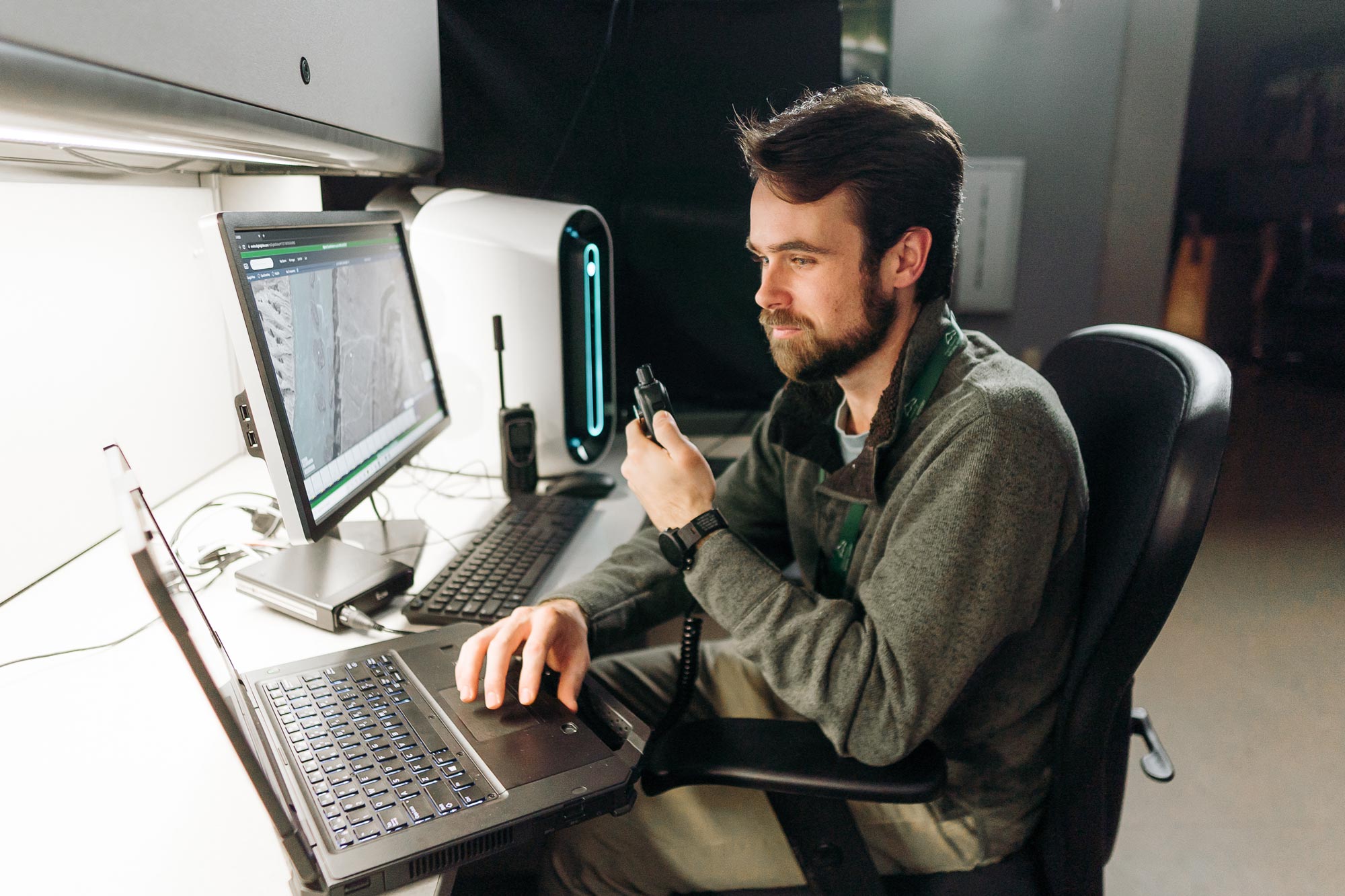Thousands of public monuments, museums, religious buildings, archaeological sites and other culturally significant structures are in danger of being destroyed in Ukraine due to the Russian invasion.
University of Virginia alumnus Hayden Bassett is leading a team of specialists who are monitoring and mapping Ukraine’s cultural heritage and seeking ways to encourage its preservation.
In the near future, Bassett will also join the U.S. Army in the reactivated “Monuments Men” – units formed in World War II to work on saving endangered cultural sites and artifacts. When the Army deploys the specialists, Bassett will be commissioned into the Army Reserves as a “heritage and preservation officer” under the U.S. Army Civil Affairs and Psychological Operations Command.
Bassett, who majored in archaeology and minored in architectural history at UVA, earned a Ph.D. from the College of William & Mary, and currently is assistant curator of archaeology at the Virginia Museum of Natural History, as well as director of the museum’s Cultural Heritage Monitoring Lab. There, he works on monitoring threatened cultural heritage sites in Ukraine and was featured in a recent New York Times article and on BBC Radio.
UVA Today corresponded with Bassett to find out more about this work.
Q. Can you describe what is in danger of being lost (or what has been lost already) in Ukraine?
A. This conflict is being fought in and around urban areas. For Ukraine’s principal towns and cities, we are seeing significant damage to the dense concentrations of cultural heritage that define these areas. We have confirmed impacts, such as the complete destruction of a museum in Ivankiv [at the end of February], and are seeing far more in the way of potential impacts, which we are continuing to document in the coming days and weeks.
Q. What kind of places are you monitoring and mapping that ideally should be preserved?
A. Our team has developed a countrywide geospatial database of cultural property for Ukraine. This includes the country’s churches and cathedrals, mosques, temples, museums, public monuments, cemeteries, art centers, archives, burial mounds, archaeological sites and more.
We use satellite technologies to monitor these sites – for some, as frequently as every six hours. This allows us to identify impacts as quickly as possible. Damage to cultural property often compounds with time, and delays in the identification of these impacts typically translate into further destruction and deterioration. We work closely with nongovernmental organizations, universities, government agencies and other partners on immediate and long-term responses.
Q. Can you say a little more about what your team’s work will be?
A. First and foremost, our goal is to identify and document impacts. Second, to the courageous Ukrainian citizens physically safeguarding their cultural heritage, what is needed most is information – when and where cultural properties are impacted or vulnerable. By providing this, our goal is to be in a position to immediately assist ground efforts when it is safe for people to stabilize and restore heritage sites.










